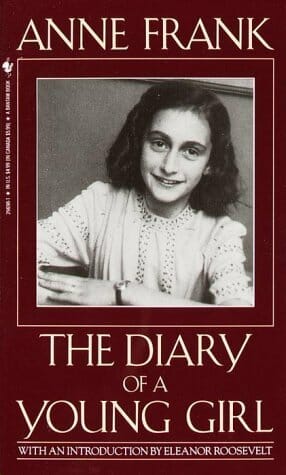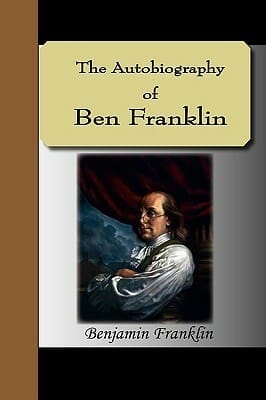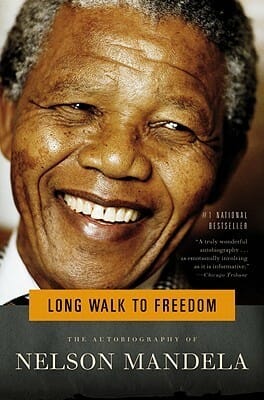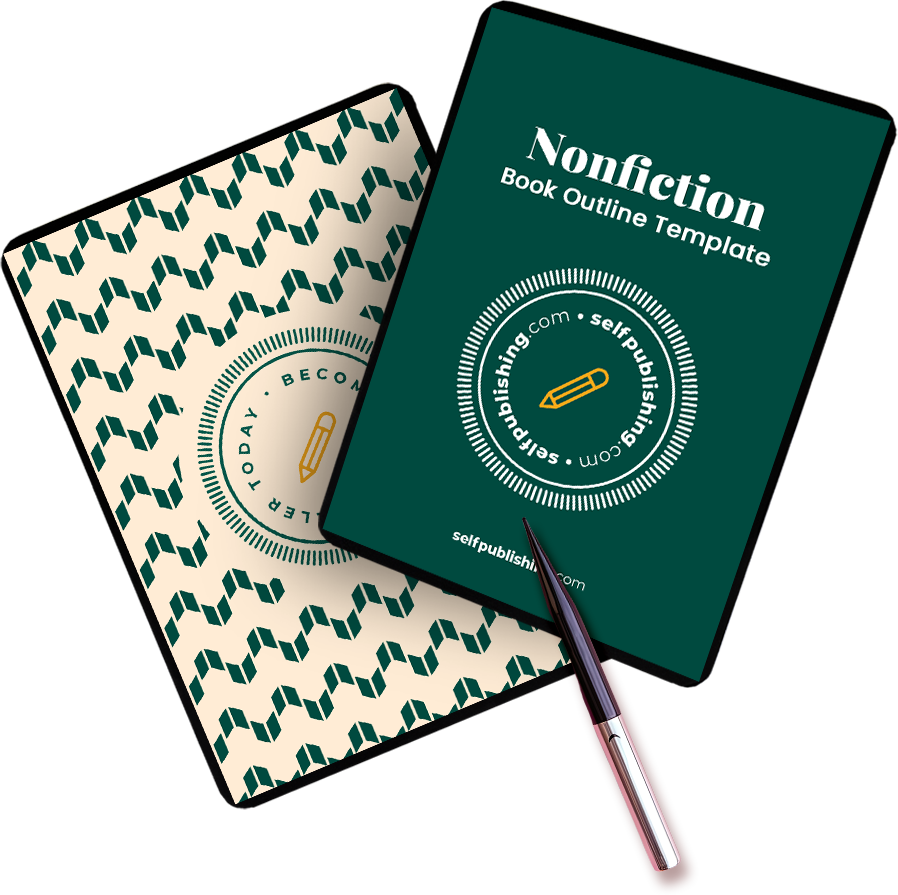What is an autobiography, and how do you define autobiography, exactly? If you’re hoping to write an autobiography, it’s an important thing to know. After all, you wouldn’t want to mislabel your book.
What sets an autobiography apart from a memoir or a biography? And what type of writing is most similar to an autobiography? Should you even write one? How?
Today we will be discussing all things autobiographical, so you can learn what an autobiography is, what sets it apart, and how to write one of your own – should you so choose.
But before we get into writing tips, we must first define autobiography. So what is an autobiography, precisely?
What is an Autobiography?: Autobiography Meaning Defined
What is an autobiography? It’s a firsthand recounting of an author’s own life. So, if you were to write an autobiography, you would be writing a true retelling of your own life events.
Autobiography cannot be bound to only one type of work. What an autobiography is has more to do with the contents than the format. For example, autobiographical works can include letters, diaries, journals, or books – and may not have even been meant for publication.
An autobiography is what many celebrities, government officials, and important social figures sit down to write at the end of their lives or distinguished careers.
Of course, the work doesn’t have to cover your whole life. You can absolutely write an autobiography in your 20s or 30s if you’ve lived through events worth sharing!
If an autobiography doesn’t cover the entire lifespan of the author, it can start to get confused with another genre of writing. So what’s an autobiography most similar to? And how can you tell it apart from other genres of writing? Let’s dive into the details.
What type of writing is most similar to an autobiography?
A memoir is undoubtedly what type of writing is most similar to an autobiography. So what is the difference between an autobiography vs memoir?
Simply put, a memoir is a book that an author writes about their own life with the intention of communicating a lesson or message to the reader. It doesn’t need to be written in chronological order, and only contains pieces of the author’s life story.
An autobiography, on the other hand, is the author’s life story from birth to present, and it’s much less concerned with theme than it is with communicating a “highlight reel” of the author’s biggest life events.
In addition to memoirs, there is also some confusion between autobiography vs biography. A biography is a true story about someone’s life, but it is not about the author’s life.
Is an autobiography always nonfiction?
When many people define autobiography, they say it is a true or “nonfiction” telling of an author’s life – but that’s not always the case.
There is actually such a thing as autobiographical fiction.
Autobiographical fiction refers to a story that is based on fact and inspired by the author’s actual experiences…but has made-up characters or events. Any element in the story can be embellished upon or fabricated.
Even the information in a standard “nonfiction” autobiography should be taken with a grain of salt. After all, anything written from the author’s perspective may contain certain biases, distortions, or unconscious omissions within the text.
So if being nonfiction isn’t a defining characteristic of an autobiography, what is an autobiography defined by?
The key elements of an autobiography
What’s an autobiography like from cover to cover? It should contain these key elements:
- A personal narrative: It is a firsthand account of the author’s life experiences.
- A chronological structure: An autobiography typically follows a chronological order, tracing the author’s life from birth to present.
- Reflection and insight: The book should contain the author’s reflections, insights, and emotions about key life events.
- Key life events: The book should highlight significant events, milestones, and challenges in the author’s life.
- Setting and context: There should be descriptions of the time period, cultural background, and environment to help the reader understand the author’s life.
- Authenticity: The author should be honest and sincere in presenting their life story.
- A personal perspective: An autobiography is written from the author’s unique point of view.
- A strong conclusion: The ending of the book should reflect on the author’s current state or outlook.
Famous Autobiography Examples
Now that you know what an autobiography is, let’s look at some famous autobiography examples.
The Diary of a Young Girl by Anne Frank (1947)

Perhaps no autobiography is more famous than The Diary of a Young Girl by Anne Frank. Her diary chronicles her profound thoughts, dreams, and fears as she hides with her family in the walls during the Holocaust.
Anne’s words resonate with the enduring spirit of hope amid unimaginable darkness.
The Autobiography of Ben Franklin by Benjamin Franklin (1909)

Benjamin Franklin’s autobiography follows Franklin’s life from humble origins to one of America’s greatest forefathers. While originally intended as a collection of anecdotes for his son, this autobiography has become one of the most famous works of American literature.
Long Walk to Freedom by Nelson Mandela (1994)

Long Walk to Freedom narrates Nelson Mandela’s epic odyssey from South African prisoner to revered statesman. This masterpiece of an autobiography is a portrait of resilience against the backdrop of apartheid – and his words are a bastion for courage and human rights.
Now you know what an autobiography is, and some examples of successful autobiographies, so it’s time to discuss what goes into actually writing one.
Who Should Write an Autobiography?
Celebrity autobiographies are popular for a reason – the people who wrote them were already popular.
The main purpose of an autobiography is to portray the life experiences and achievements of the author. If you haven’t made any massive achievements that people are already aware of, an autobiography might not be for you. Instead, you should learn how to write a memoir.
After all, what’s an autobiography worth if no one reads it?
If you have made an important contribution to society, or have amassed a massive following of fans, then writing an autobiography could be a fabulous idea.
An autobiography is what allows you to claim your rightful place in history. It provides a legacy for your life, helps you to better understand your life’s journey, and can even be deeply therapeutic to write.
But then comes the next problem: how to write an autobiography.
Tips on Writing Your Own Autobiography
While memoirs are the books that teach life lessons, that doesn’t mean you shouldn’t give your autobiography meaning. The best autobiographies paint a vivid tapestry of personal growth and introspection.
You don’t just want to tell the reader about your life – you want them to feel like they are living it with you.
And it’s not just about painting a picture with your prose. A lot of thought should go into everything from autobiography titles to page count.
To get started, here are five tips for writing an autobiography:
- Know your audience: Understand who will read your autobiography and speak to them while writing.
- Be candid and authentic: A life seen through rose-colored glasses isn’t relatable. You should include your failures as well as your triumphs, and humanize yourself so your story resonates with your reader.
- Do your research: Of course you know what happened in your life, but how many details do you actually remember? You may need to sift through photos, archives, and diaries – and interview people close to you. Consider adding the photos to your book.
- Identify key themes: Identify key events and life lessons that have shaped you. Reflect on how these themes have evolved over time.
- Edit and edit again: Write freely first, then edit rigorously. Seek feedback from trusted individuals and consider professional editing to ensure clarity and coherence in your narrative. NO ONE writes perfectly the first time.
So there you have it, you are well on your way to understanding (and writing) an autobiography.
If you’d still like more guidance for writing your autobiography, you can check out our free autobiography template. We can’t wait for you to share your life story with the world.
